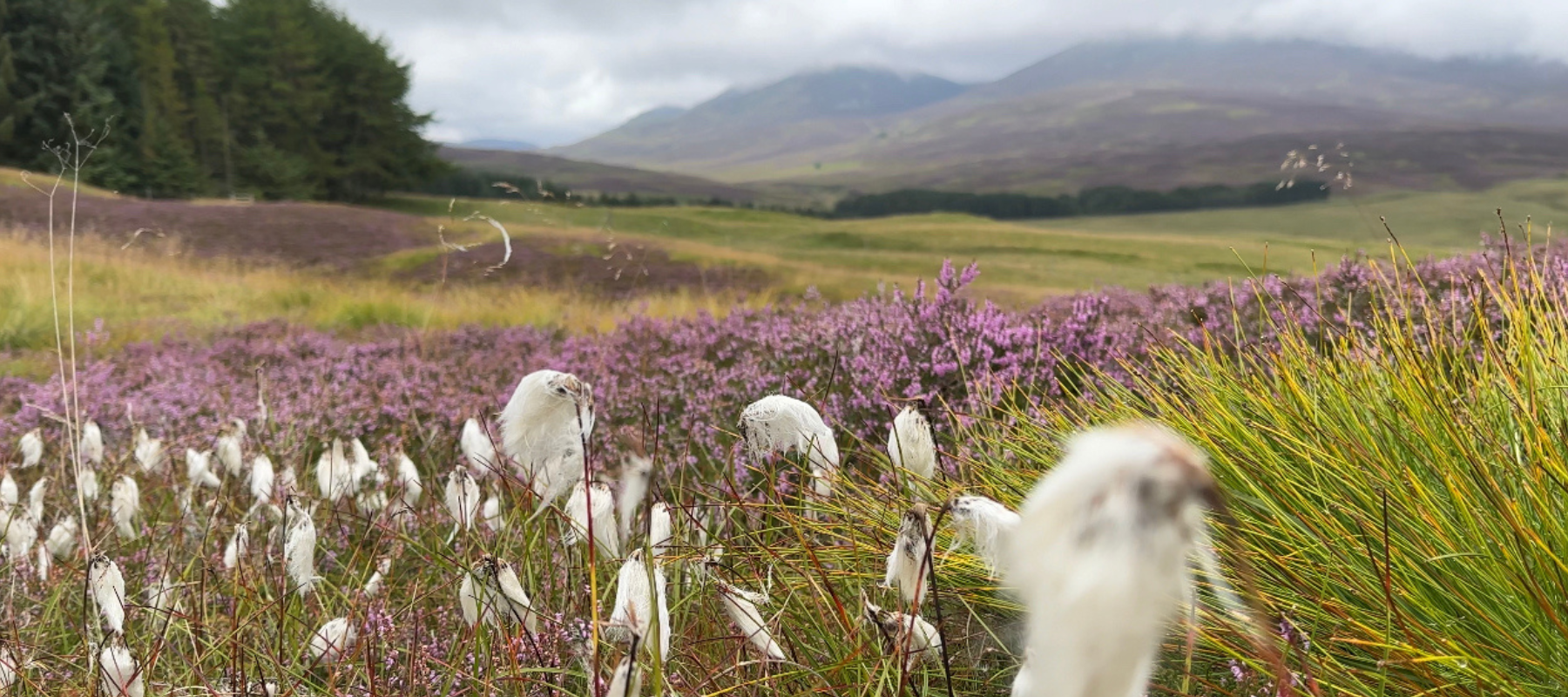
What is ‘best’ for our uplands? Why context matters.
It’s a hot topic. What should we do with our uplands?
Should we use it to grow food, or is it ‘inefficient’ to rear livestock in these places? Should we allow it to rewild, or should we plant trees? Should we grow quick-growing timber trees, or should native broadleaf trees be planted? Should we preserve the cultural uses of these landscapes, or is climate more important?
These are just some of the questions being asked about how we should use our uplands—often leading to circular discussions at best and longstanding feuds at worst.
But we must understand that what is ‘best’ for the uplands is really just a matter of context.
If you are interested in carbon, then whatever is scientifically better for carbon is best. If you are interested in preserving curlew, managing open ground and reducing trees and predators is best, if you are interested in woodlands, then planting native woodland might be best. A highly managed heather moor might be best if you are passionate about grouse shooting.
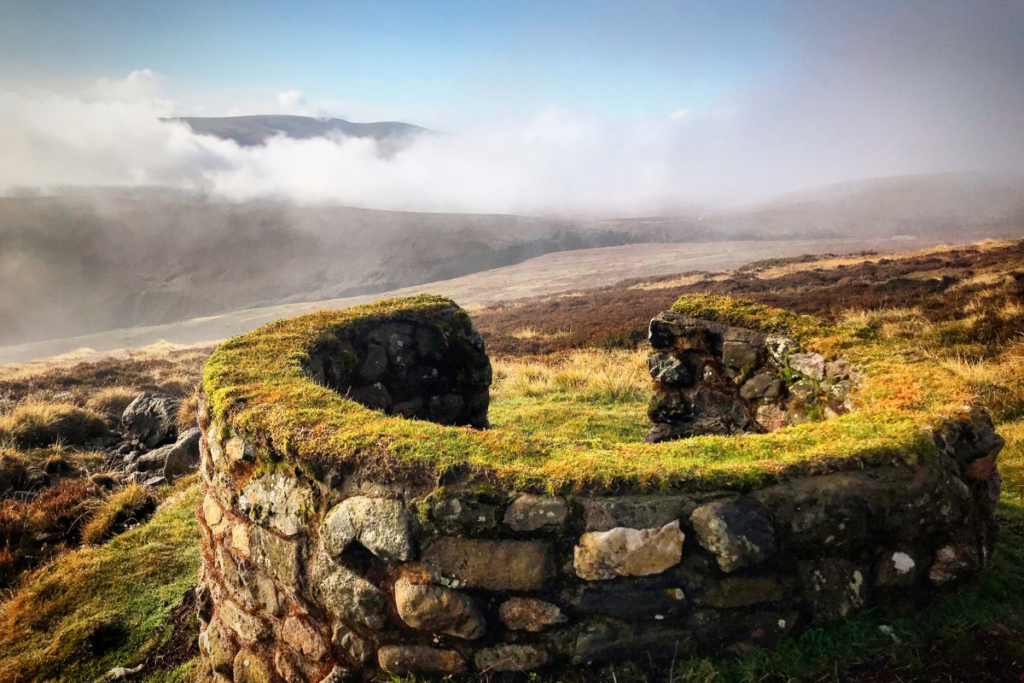
Some would argue we shouldn’t try to manage habitats or species and let the uplands be ‘natural.’ This opens up an even bigger can of worms!
What is ‘natural’ – how far do we go back?
We could argue that a grouse moor holds a habitat in an unnatural state, and that’s certainly true. But if we go back to before human influence to when there was a temperate savannah, we would probably have had a diverse mixed habitat with roaming bands of wild herbivores, and their predators would regulate overgrazing. But in this temperate savannah, there were likely far fewer peatlands – they came later as the climate cooled and humans cut the trees down to leave the uplands exposed to harsh elemental conditions. Many of these peatlands would regenerate to wood pasture again now if unmanaged, but this would release the carbon from the long-term storage in peat bogs, so shouldn’t we manage the peatlands in their current ‘state to prevent this happening?’
It’s all so confusing.
And then there’s how we fund whatever we have decided is the ‘best’ use of our uplands. In many cases, what happens to our uplands directly results from what is funded by governmental schemes and grants or makes a profit for the landowner. Ignore this fact at your peril – and many conservation organisations do. If a given land use is not economically viable, it simply won’t be implemented or sustained. A saturated tourism industry and farms dependent on uncertain grants and subsidies do not build a vibrant and resilient rural economy.
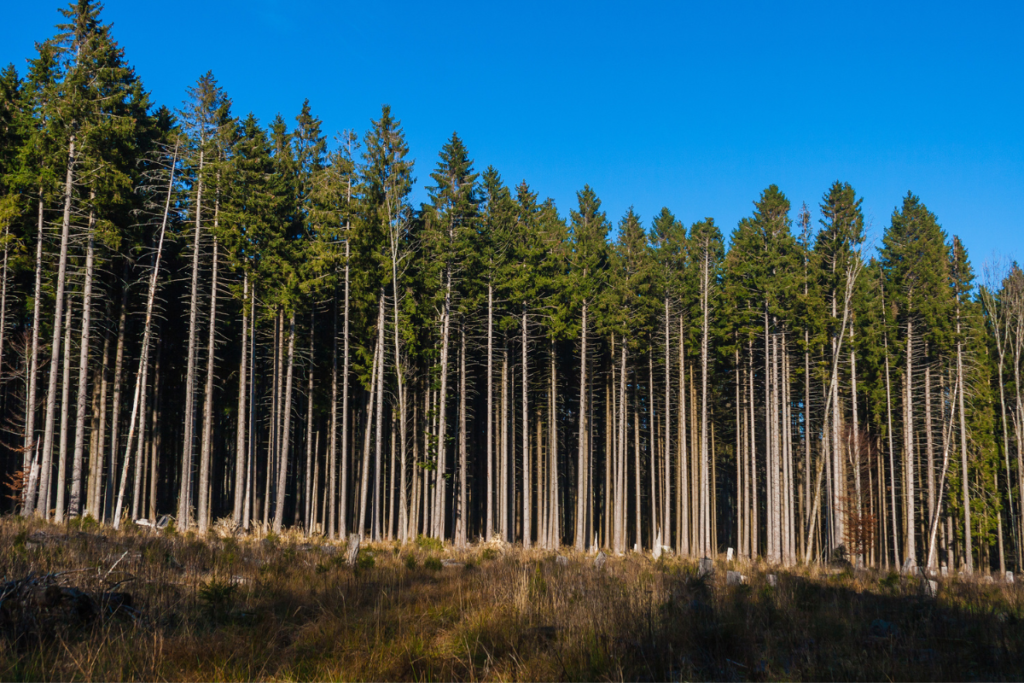
In the UK, we have a long history of spending money to repair the damage done by previously government-funded initiatives that turned out to be completely wrong. We drained the upland heaths and bogs with millions of miles of grips, only to accidentally cause the release of billions of tonnes of carbon into the atmosphere! The taxpayer paid farmers to grub out hedgerows only to fund them to be put back. When significant funds get put behind a myopic initiative based on public opinion, corporate gain or governmental knee-jerk responses, alarm bells should ring.
And what about the people who own or live on and near the land? What do they want? We don’t have some external body that can decide and enforce what happens everywhere. Like it or not, the uplands of the UK are primarily in private ownership. Land is not just managed for what is ‘best’ in terms of some environmental objective; it comes as a bundle of complex issues, including the cultural history and use of the land, and what the current owners want for their lives and landscape.
It’s complex. Let’s not pretend it isn’t.
Instead of more circular debates on what is ‘best’, perhaps what is ‘best’ is to encourage a complex and holistic response to this ‘wicked’ systemic problem.
A wicked problem is a problem, usually social or cultural, that is challenging or impossible to solve either because not enough is understood about the problem, the number of stakeholders involved, the number of varying opinions, the economic burden, or the impact of these problems with other problems.
The Wilderculture Approach uses an adapted holistic management framework and regenerative design principles to create bespoke regenerative and resilient plans for people and place.
What does that mean?
The world in which we live is made up of things and systems that were once designed by someone. The world we currently see is a reflection of the paradigm of the designer of that time.
Many of the farms, conservation efforts, landscapes and rural lives are, therefore a reflection of a period of time where the paradigm for design was a mechanistic one – command and control hierarchical structures, separate and siloed specialisms. These mechanistic patterns make sense for disciplines such as architecture, engineering and tech, which are essentially machines. They are, however, disastrous for living systems such as human lives, livestock and landscapes.
This underpinning design paradigm is the real reason we have inadvertently degraded our landscapes and have created communities and lifestyles that don’t seem to be working for many people.
If we want to change the future way we live and work, we need to design for the future outcome that we want to see – a regenerative one.
In the Wilderculture Approach, we have developed a regenerative design process for working with a farm, estate or landscape. We ensure the decision-makers are all present then take them through an ecological training and design process that looks at the regeneration that might be possible and the social and cultural aspects of the project so we can design a resilient, economically viable business plan for the unique place – this is called the regenerative context.
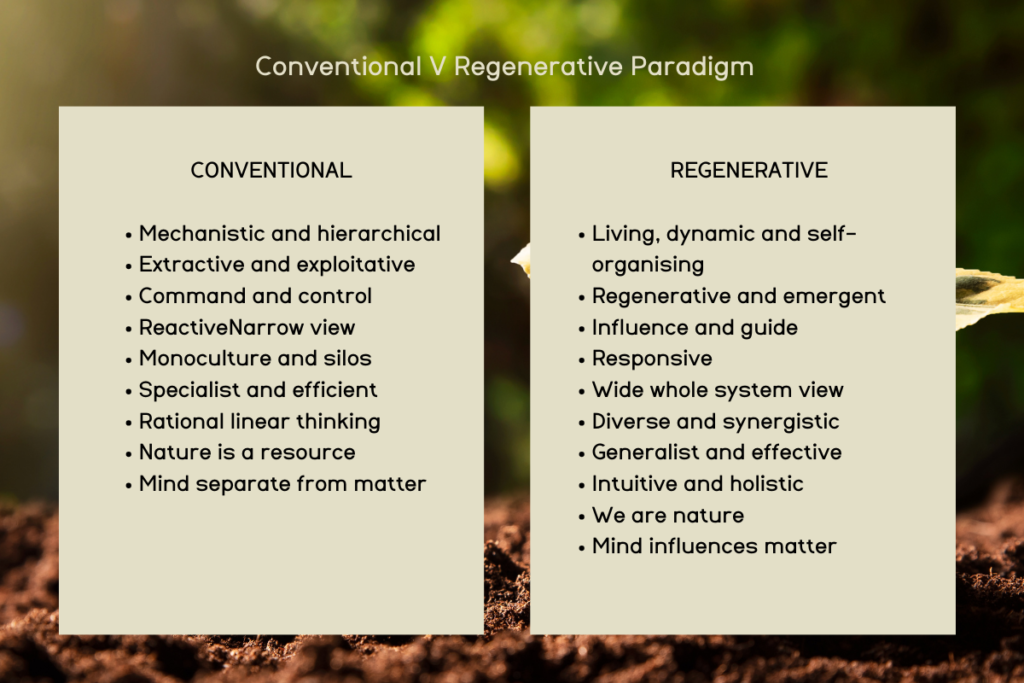
We first look at the environment. What sort of land are we dealing with? What would a wild landscape have been here? What is the geology, aspect, elevation, exposure, topography, land use history, soil type, range of habitats, important and rare species or habitats, infrastructure and agricultural/sporting productive capacity?
We then explore the cultural history of the land, how the land was used through the ages, who now lives there and what they might love about the land, what inspires the owners about the landscape, and what type of life they want to create there, what staff are important and who’s support do they need in the community?
Then, we co-develop a long-term business plan using regenerative design principles. This resilient and economically viable plan relies less on ‘paper money’ such as subsidies, grants and tourism and more on ‘solar’ income, where income is generated from sales of products that are grown from regenerating land. It gets as close as possible to a regenerative farming, woodland or sporting enterprise that derives its profits from sunshine and rainfall.
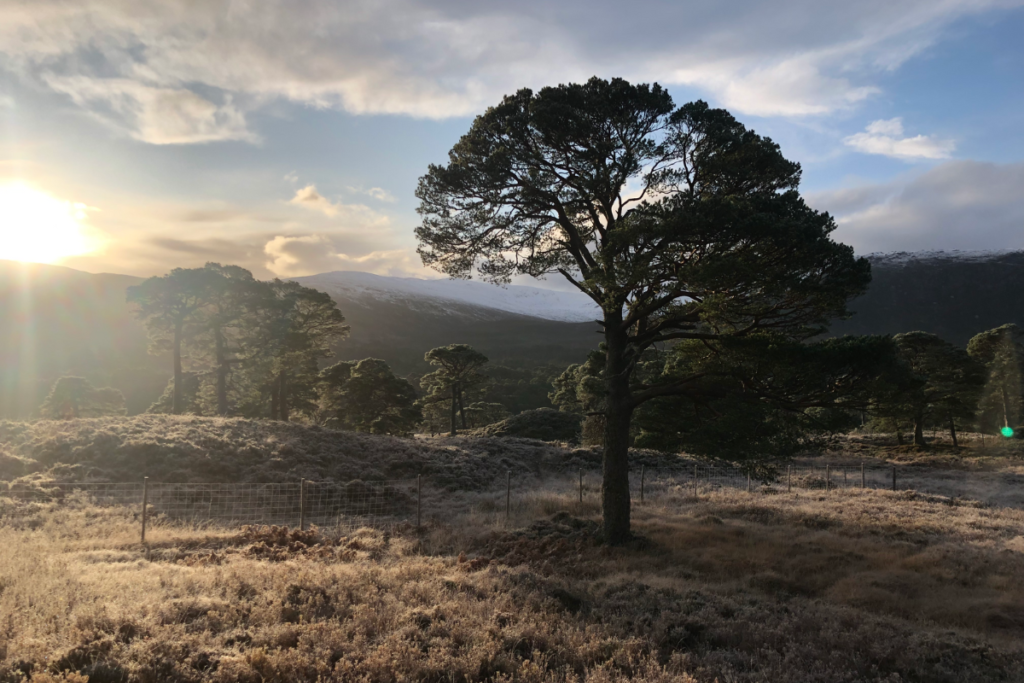
Our job is to support the implementation and ongoing adaptation of this plan. It will and should evolve to fit the changing needs of the people and external pressures of the world. We help farmers and land managers develop a systems thinking capacity to handle the day-to-day decisions better and ensure they move them towards the holistic vision they created for the future.
Just imagine if every farm and estate went through this process. We would end up with a patchwork quilt of locally adapted agroecological farming systems and appropriate healthy habitats of immense heterogeneity as well as large-scale connectivity and corridors, all reducing carbon and enhancing other climate cooling functions.
We would avoid risking vast acreages all swinging towards a new land use that later turns out to be flawed. History teaches us that what the ‘science’ tells us is ‘best’ is only a current partial view of an ever-unfolding picture.
Nature works everywhere, but it adapts to its unique conditions. These natural principles offer a model and design patterns for working with the wicked, seemingly impossible issue of managing our uplands. Perhaps it even offers a model for how governments and conservation agencies could take a more holistic and resilient approach to funding change in land use.
Learn more about the Wilderculture Approach by watching this short film and looking at our website for more information and information about our training courses.


No Comments